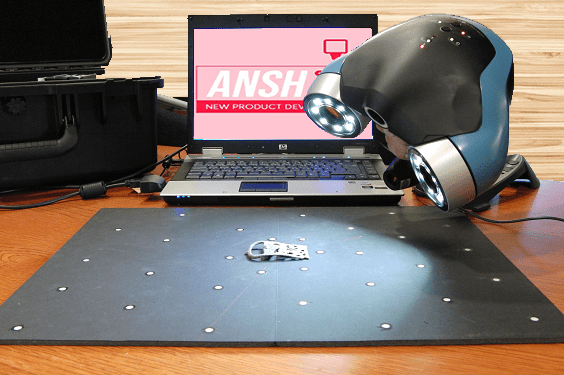
The Advantages and Limitations of Structured Light Scanning for 3D Modeling
Structured light scanning is a powerful technology that allows us to create 3D models of physical objects with high accuracy and precision. This technique involves projecting a pattern of light onto an object and using the distortion of the pattern to calculate its shape.
The process of structured light scanning begins with a projector that emits a specific pattern of light, such as a grid or a series of stripes. The pattern is then projected onto the object, which reflects the light back to a camera. The camera captures the distorted pattern of light on the surface of the object, allowing for the reconstruction of its shape and size.
One of the advantages of structured light scanning is its ability to capture fine details and complex geometries of an object. Unlike other scanning techniques, such as laser scanning or photogrammetry, structured light scanning is non-contact and can capture data in real-time. Additionally, it can be used to scan both small and large objects, making it a versatile solution for various applications.
Another advantage of structured light scanning is its high level of accuracy. By using advanced algorithms to process the captured data, a 3D model can be created with sub-millimeter precision. This level of detail is important for many industries, such as aerospace, automotive, and medical, where accuracy is critical.
Structured light scanning also offers benefits for reverse engineering and quality control. With a 3D model of an object, engineers can analyze and test its performance, identify areas for improvement, and make modifications as needed. In manufacturing, structured light scanning can be used to check parts for defects and ensure they meet strict quality standards.
Despite its many advantages, structured light scanning does have some limitations. For example, it requires a controlled environment with minimal ambient light to ensure accurate results. It also struggles with shiny or reflective surfaces, which can cause the pattern of light to distort or disappear.
In conclusion, structured light scanning is an effective and reliable method for creating 3D models of physical objects. With its high level of accuracy and versatility, it has become a valuable tool for many industries, from manufacturing and engineering to art and design. As technology continues to advance, we can expect structured light scanning to play an even greater role in the future of 3D modeling and visualization.





